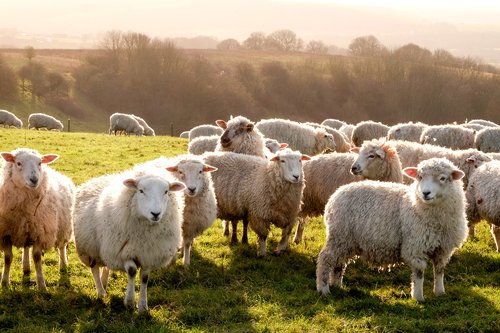
2 min read
Healthy Materials Series: Wool
WLLW explores wool’s rich history, natural health benefits and its enduring role as a sustainable, versatile material in interior design and everyday living.
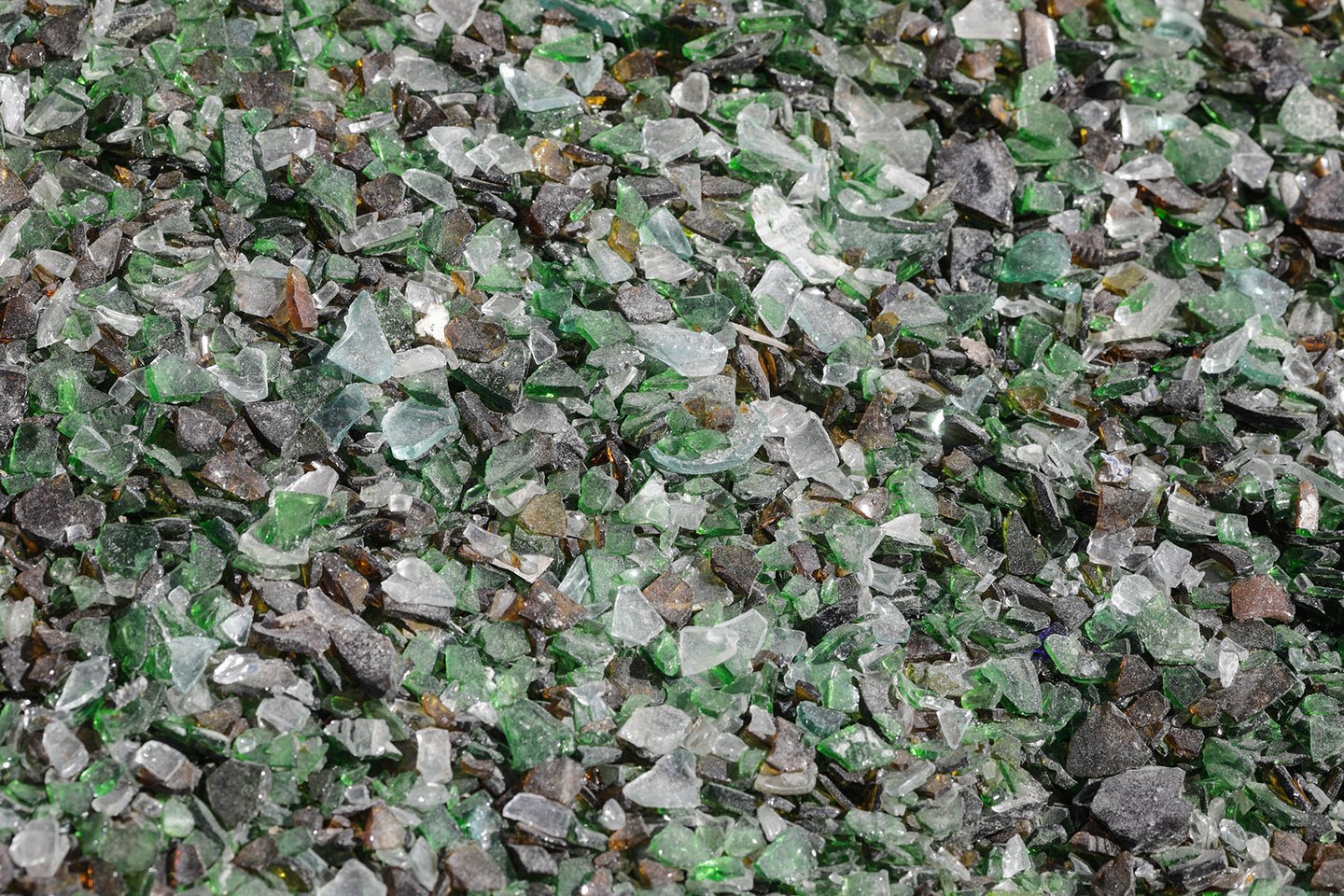
2 min read
In the latest of our Healthy Materials Series WLLW considers the health and environmental impacts of glass.
Glass has long been a versatile and popular material in design, with origins dating back to ancient Mesopotamia and Egypt, where it was crafted for beads, jewelry and ceremonial objects as early as 2500 BCE. Over centuries, techniques evolved, and by the Middle Ages, glassmaking had spread across Europe, with Venetian artisans at the forefront, producing intricate glassworks that were prized worldwide. Today, modern glass production involves heating a blend of sand, soda ash and limestone to extreme temperatures, enabling it to be shaped for a wide array of uses such as furniture, lighting, tableware and decorative homeware, but how healthy a material is it?
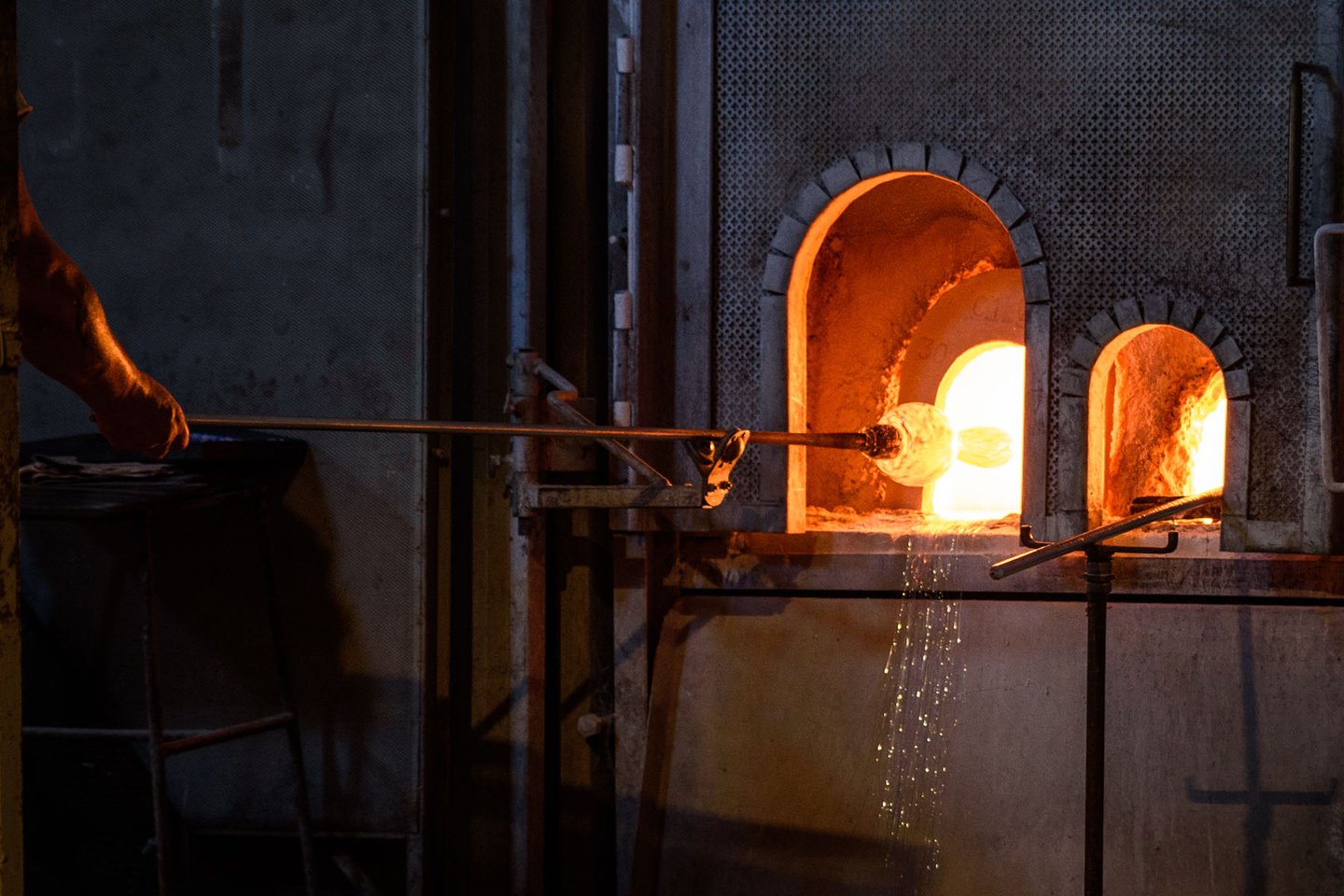
Glass is an inherently inert, non-toxic material, making it a safe choice for indoor use. It is also non-porous, which means it does not harbor bacteria or allergens, promoting better indoor air quality. Because glass does not emit Volatile Organic Compounds (VOCs), it is free from off-gassing – unlike some synthetic materials. However, some manufacturers mix lead with glass to reduce the melting temperature, making it easier to mold into intricate shapes without excessive heating. Prolonged exposure or leaching can lead to lead poisoning, which affects the nervous system, kidneys, and can cause cognitive impairments, particularly in children. A 2017 study completed at the University of Plymouth, researchers discovered that roughly 70 percent of all drinking vessels contained traces of lead and cadmium.
Glass is generally considered a sustainable material due to its durability and recyclability. It can be recycled indefinitely without losing its structural integrity, which lowers resource demand and reduces waste. However, glass production is energy-intensive, as it requires extremely high temperatures to melt and shape the material. Recycled glass, also known as cullet, helps reduce the environmental footprint of glass production as it requires less energy to process than raw materials. Despite its ecological benefits, glass is not biodegradable, so proper disposal or recycling is essential.
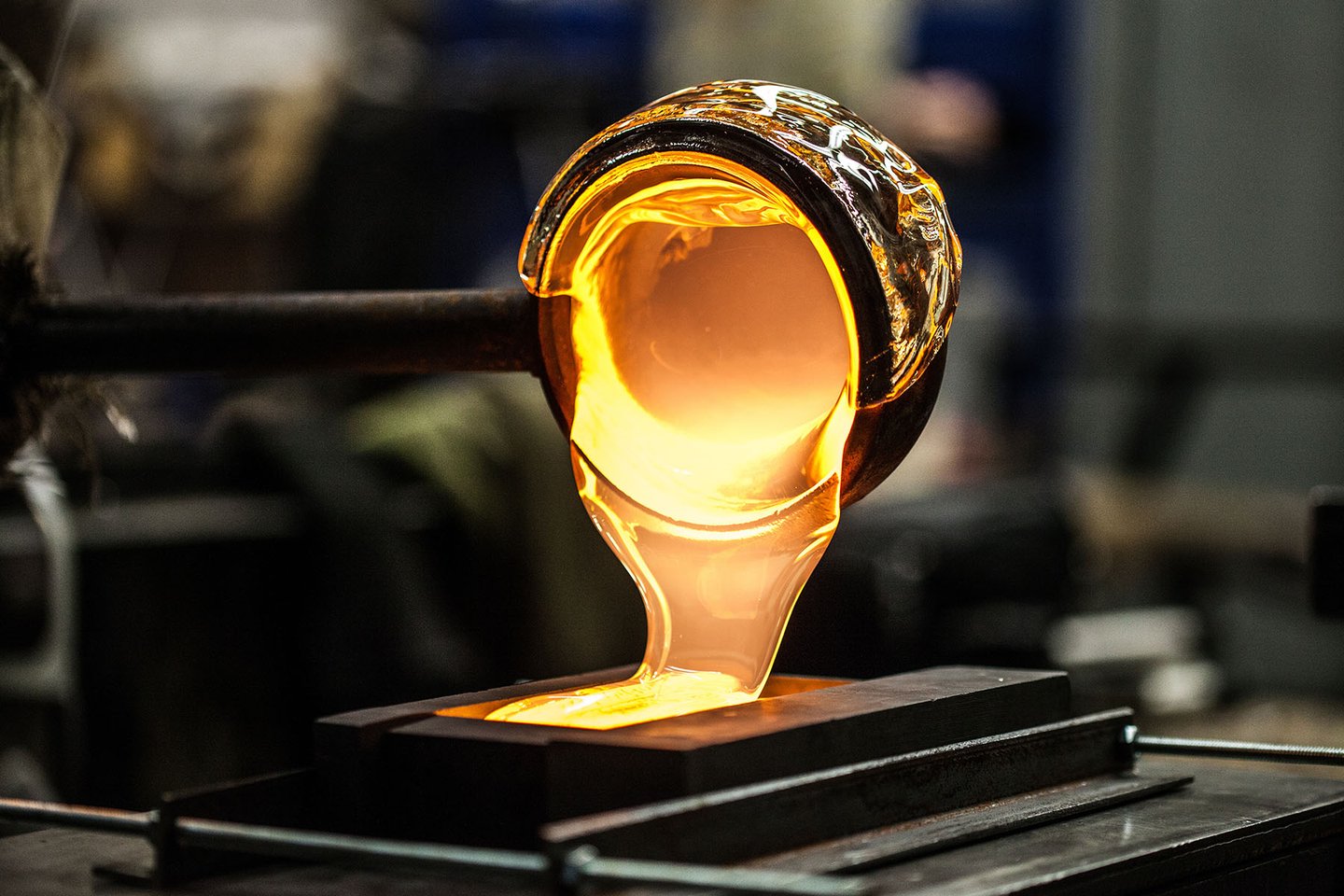

Glass can be finished with various treatments to alter its texture, appearance and durability. Some finishes, like protective coatings, can help prevent scratching and increase durability but may also introduce chemicals that emit VOCs or filter into the environment. Lead and cadmium-based enamel poses serious health risks, as it can leach out over time, particularly from decorative drinkware. If scratched, these coatings can flake off, leaving traces of heavy metals in beverages. Colored glass is formed from the addition of minerals, such as cobalt, to the molten mixture, after which point the material becomes inert and safe to use.
Check the company’s testing documents online and look for lead-free and cadmium-free labels on the packaging. To assess whether glassware contains lead, you can tap the glass – if it produces a long ring, it likely contains lead. Additionally, lead-free glass refracts light more strongly, creating a visible rainbow when held up to a light source. For further assurance, a lead test can be done by leaving vinegar in the glass overnight; any dissolved lead will show up in a test, available at most hardware stores.
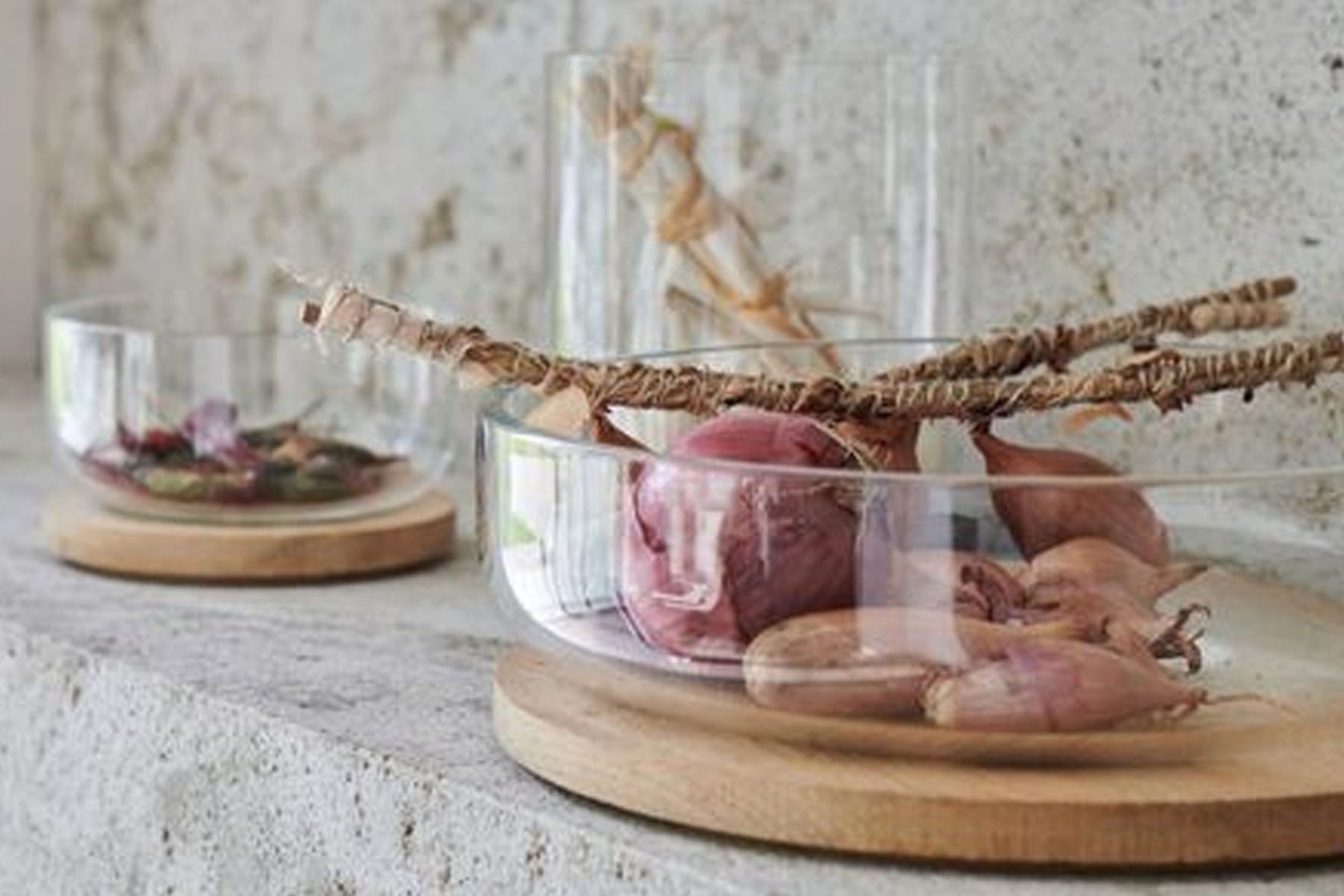



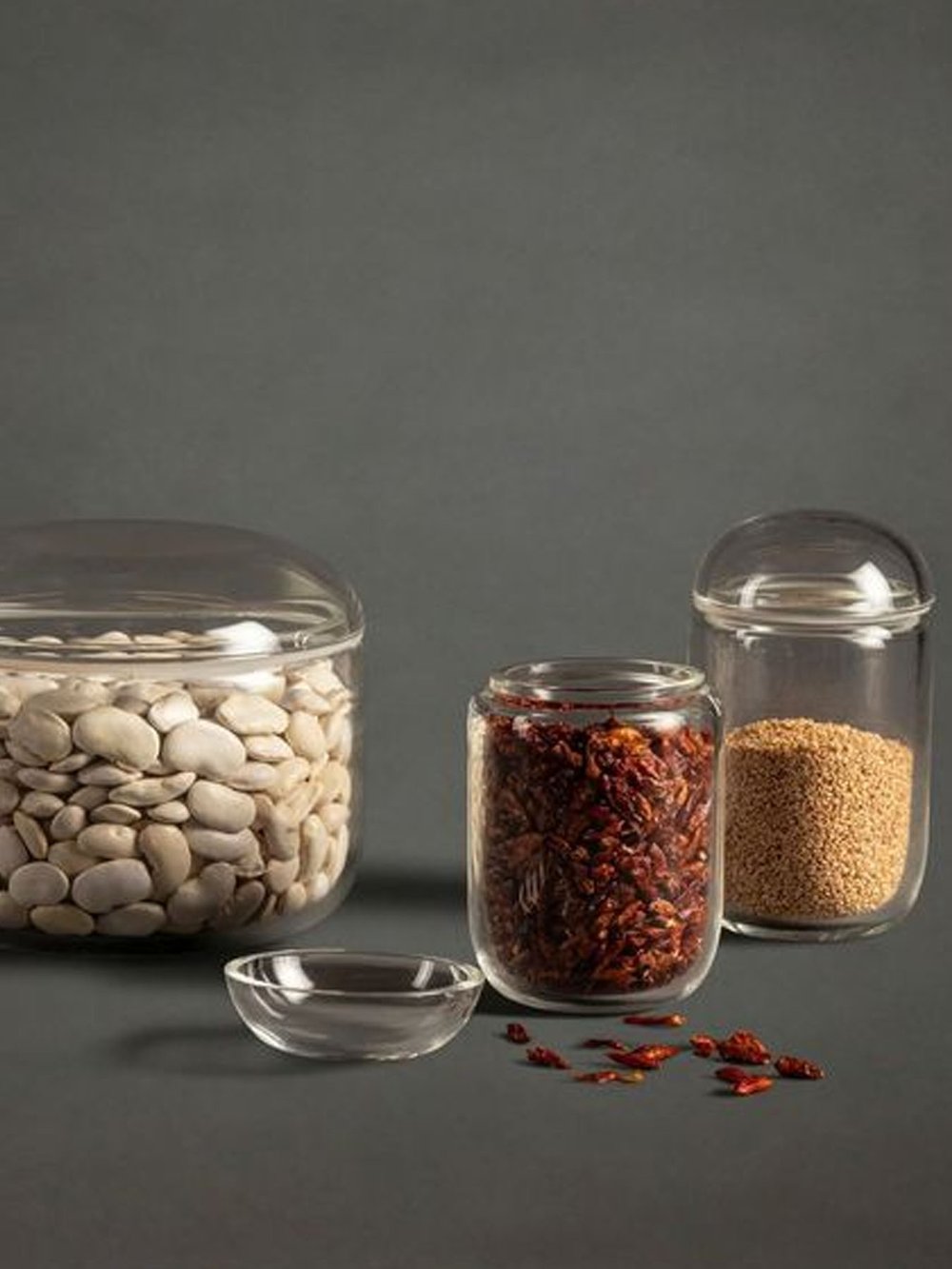

Feature Image: Shards of glass at a recycling facility by Moira M/Adobe
Photography: Kate/Adobe, Aetb/Adobe, Jurra8/Adobe, When Objects Work, Rose Uniacke
Further Info


2 min read
WLLW explores wool’s rich history, natural health benefits and its enduring role as a sustainable, versatile material in interior design and everyday living.
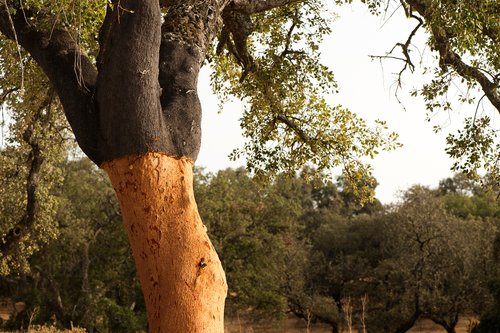
3 min read
In the first of our new series, WLLW takes a comprehensive look at the health and environmental impacts of cork.